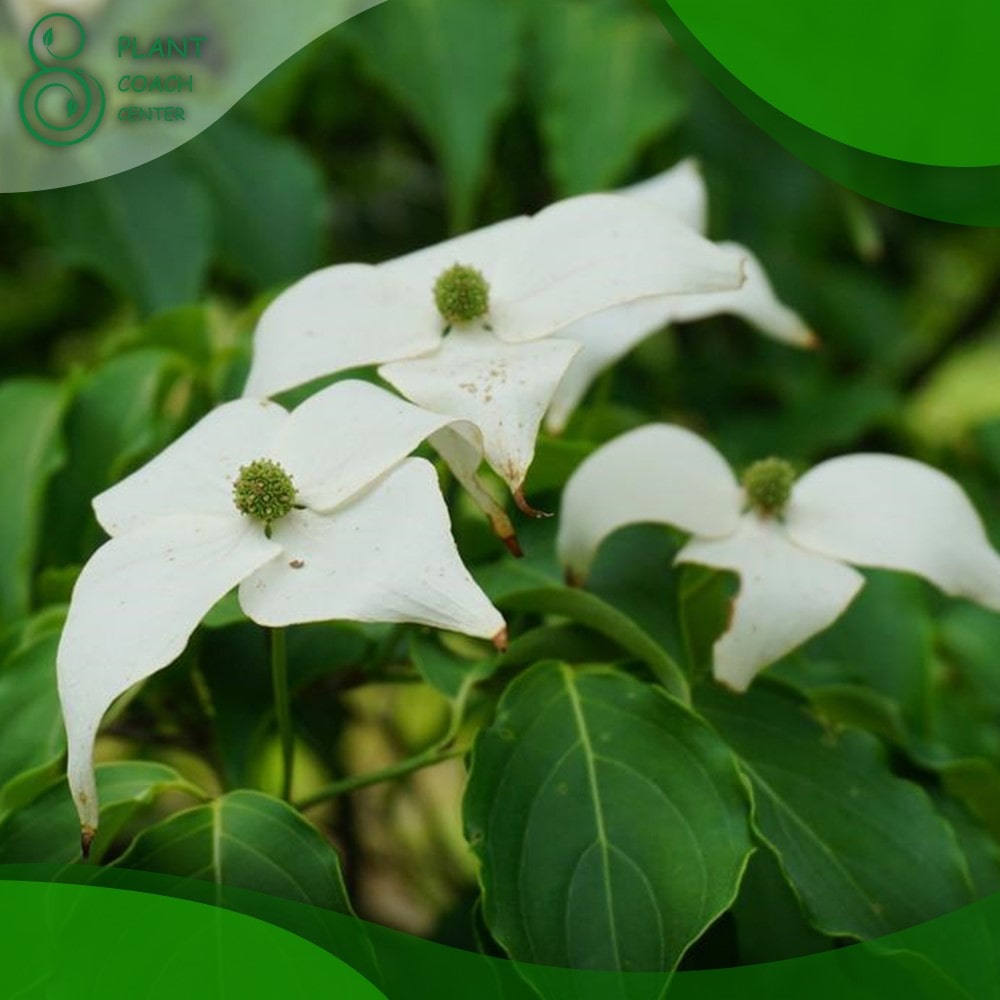Introduction to When to Prune Cornus
Cornus, often referred to as Dogwood, is a beloved presence in many gardens, celebrated for its exquisite blossoms and vibrant, eye-catching bark. The secret to unlocking its full potential lies in the art of timing. Timing is the invisible hand that shapes this garden jewel into a picture of health and vitality. In the following pages, we explore the profound significance of timing when tending to your Cornus.
As we journey in plantcoachcenter.com, we’ll delve into the precise moments when pruning can make all the difference. This article is your guide in understanding the intricate dance between Cornus and the seasons, ensuring that your Dogwood graces your garden in all its splendor.
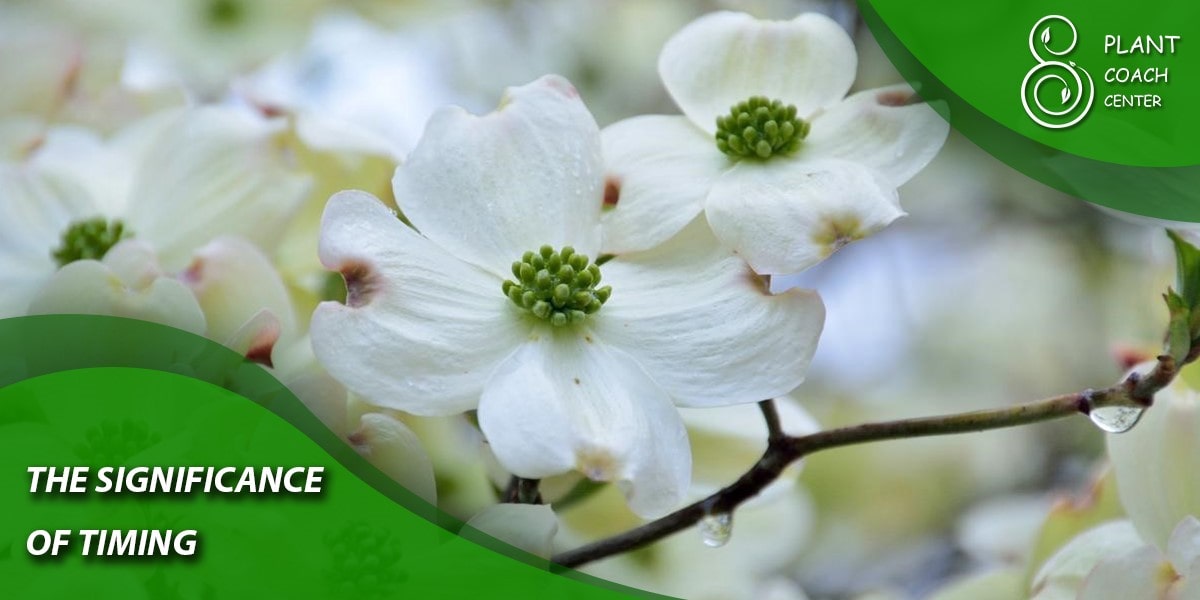
The Significance of Timing
Timing is crucial in the care and cultivation of Cornus, influencing its growth, flowering, and overall well-being.
Growth and Form:
Pruning at the right time shapes Cornus’ growth patterns. Spring pruning encourages vigorous new shoots, fostering a fuller and more appealing structure.
The timing of pruning impacts the shrub’s form, ensuring it aligns with your aesthetic preferences, whether it’s a graceful, natural shape or a more tailored appearance.
Flowering Brilliance:
The timing of your pruning endeavors can either enhance or diminish the spectacle of Cornus’ flowers. Prune too late, and you risk removing next season’s flower buds; prune too early, and you may disrupt the current year’s bloom.
Early spring, before new growth emerges, is the prime time for shaping your Cornus while preserving its blooming potential.
Health and Resilience:
Pruning at the right moments bolsters Cornus’ overall health and resilience. Well-timed pruning improves air circulation within the shrub, reducing the risk of fungal diseases like powdery mildew.
Properly timed pruning aids in the identification and removal of weak or diseased branches, helping to maintain the plant’s vigor and vitality.
Pest Defense:
Timing also plays a role in safeguarding your Cornus against pests. By removing dead or damaged branches promptly, you eliminate potential breeding grounds and hiding places for insects.
Pruning during the dormant season, particularly in late winter or early spring, can disrupt the life cycles of certain pests, reducing their impact on your Dogwood.
Stress Reduction:
Timely pruning minimizes stress on your Cornus. Pruning outside of the recommended periods can expose the plant to harsh environmental conditions or disrupt its natural growth cycles, leading to undue stress.
In essence, the timing of your Cornus pruning activities is a nuanced dance that balances growth, aesthetics, health, and resilience. It’s a choreography that, when mastered, ensures your Dogwood remains a vibrant, thriving centerpiece in your garden. As we continue our journey through the seasons, we’ll unravel the secrets of when to prune for optimal results in each phase of the year.
General Tips for Successful Cornus Pruning
Maintaining the beauty and vitality of your Cornus, or Dogwood, requires year-round attention to detail and an understanding of some fundamental principles. Here, we offer essential guidelines for successful Cornus pruning that apply throughout the year, while also shedding light on common mistakes to steer clear of:
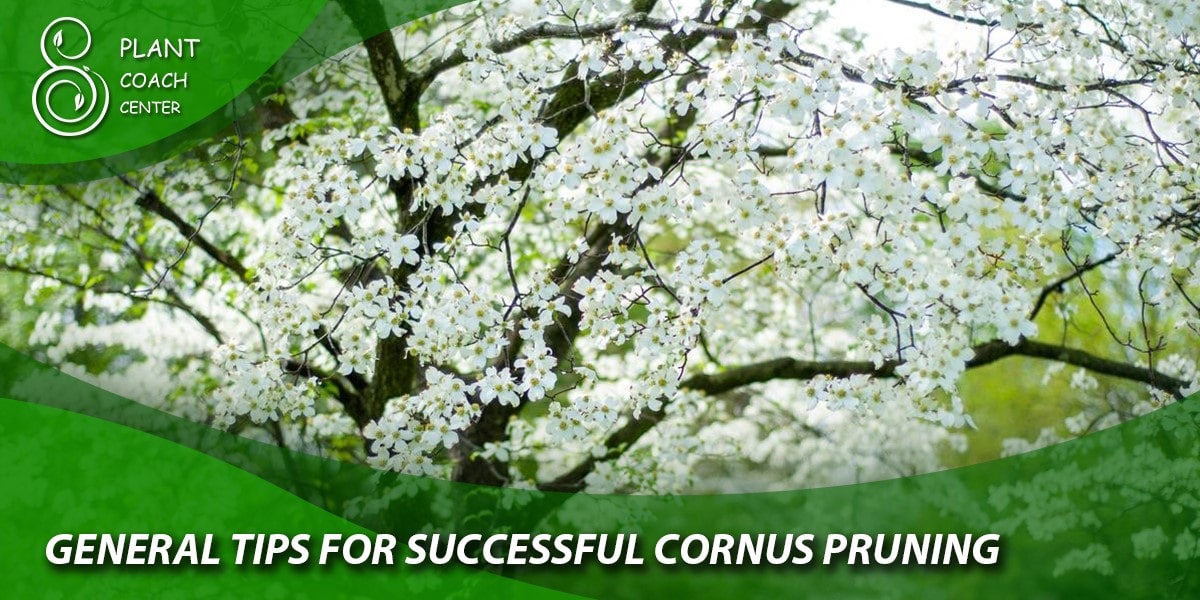
Prune in Late Winter to Early Spring:
Timing is Key: Begin your pruning efforts in late winter to early spring, during the dormant season. This allows you to shape the shrub before new growth begins without jeopardizing the current year’s blossoms.
Avoid Late Spring Pruning: Pruning after the plant breaks dormancy risks removing the flower buds for the current year, diminishing the springtime spectacle.
Maintain a Balanced Structure:
Shape Gently: When shaping your Cornus, aim for a balanced structure. Encourage an open, airy appearance that allows sunlight to penetrate the interior, promoting healthy growth.
Avoid Drastic Trims: Avoid the temptation to make drastic cuts that may compromise the shrub’s natural form. Prune judiciously, maintaining the plant’s integrity.
Remove Dead and Diseased Wood:
Regular Inspection: Regularly inspect your Cornus for dead, diseased, or damaged branches. These should be promptly removed regardless of the season.
Enhance Airflow: Removing such wood improves airflow within the shrub, reducing the risk of fungal infections like powdery mildew.
Watch for Suckers:
Vigilance Required: Cornus can sometimes produce suckers or vigorous shoots emerging from the base. These should be promptly pruned to maintain the shrub’s desired shape.
Root Suckers: Keep an eye out for root suckers, which may appear at a distance from the main plant. These should be completely removed to prevent overgrowth.
Use Sharp and Clean Tools:
Tool Maintenance: Always use sharp, clean pruning tools. Dull blades can cause ragged cuts, potentially inviting diseases.
Disinfection: Between cuts, disinfect your tools with rubbing alcohol or hydrogen peroxide to prevent the spread of diseases.
Avoid Over-Pruning:
Balanced Approach: While pruning is essential, over-pruning can stress the Cornus. Maintain a balanced approach, focusing on necessary cuts.
Avoid Drastic Reductions: Drastic reductions in size or shape should be carefully considered and done gradually over multiple seasons if necessary.
Tailor Pruning to Your Cornus Variety:
Know Your Cultivar: Different Cornus varieties may have unique growth habits. Familiarize yourself with the specific characteristics of your cultivar to tailor pruning accordingly.
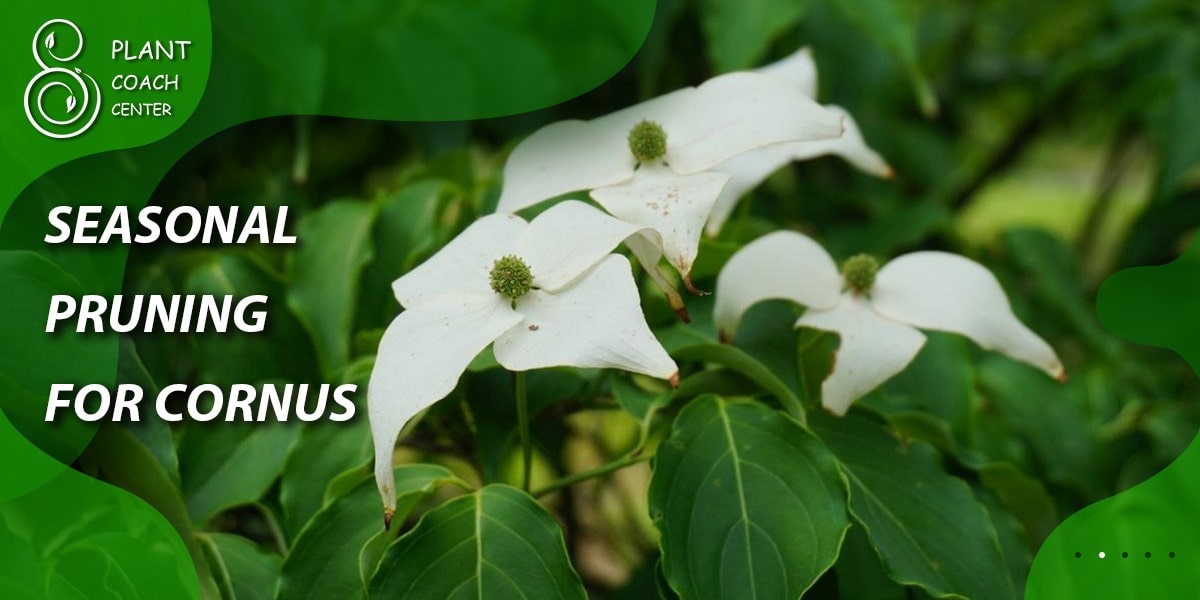
Regularly Assess the Landscape:
Environmental Considerations: Periodically assess your garden landscape to ensure the Cornus doesn’t encroach on other plants, structures, or pathways. Prune to maintain clearances.
Observe Your Cornus Over Time:
Learn and Adapt: Observe how your Cornus responds to pruning over the seasons and years. Adapt your pruning strategies based on its specific growth patterns and needs.
By adhering to these general tips and steering clear of common pruning misconceptions, you’ll be better equipped to nurture a thriving, healthy Cornus that enchants with its radiant blossoms and graceful form. As we journey through the seasons, remember that mastering the art of Cornus pruning is a continuous learning process, one that rewards patience and care.
Seasonal Pruning for Cornus
Properly timing your pruning efforts can significantly impact the health and beauty of your Cornus (Dogwood). Understanding the nuances of when to prune throughout the year allows you to tailor your approach to your specific goals and the needs of your shrub.
Spring Pruning (Late Winter to Early Spring): Maximizing Spring Splendor
As winter’s grip loosens, your Cornus begins to stir with the promise of vibrant spring blooms and lush foliage. Spring pruning, typically conducted from late winter to early spring, is the key to unlocking this seasonal spectacle. Here’s why it matters:
Shaping the Shrub: Spring is the prime time to shape your Cornus for the year ahead. By carefully pruning during this dormant period, you guide the shrub’s growth and overall form.
Encouraging New Growth: As you trim back branches, you stimulate the Cornus to produce fresh, vigorous shoots. This renewed growth not only contributes to a fuller shrub but also ensures an abundance of blossoms.
Enhancing Flowering: Properly pruned branches have more energy to channel into flowering. The result? An impressive array of spring blooms that can rival any garden display.
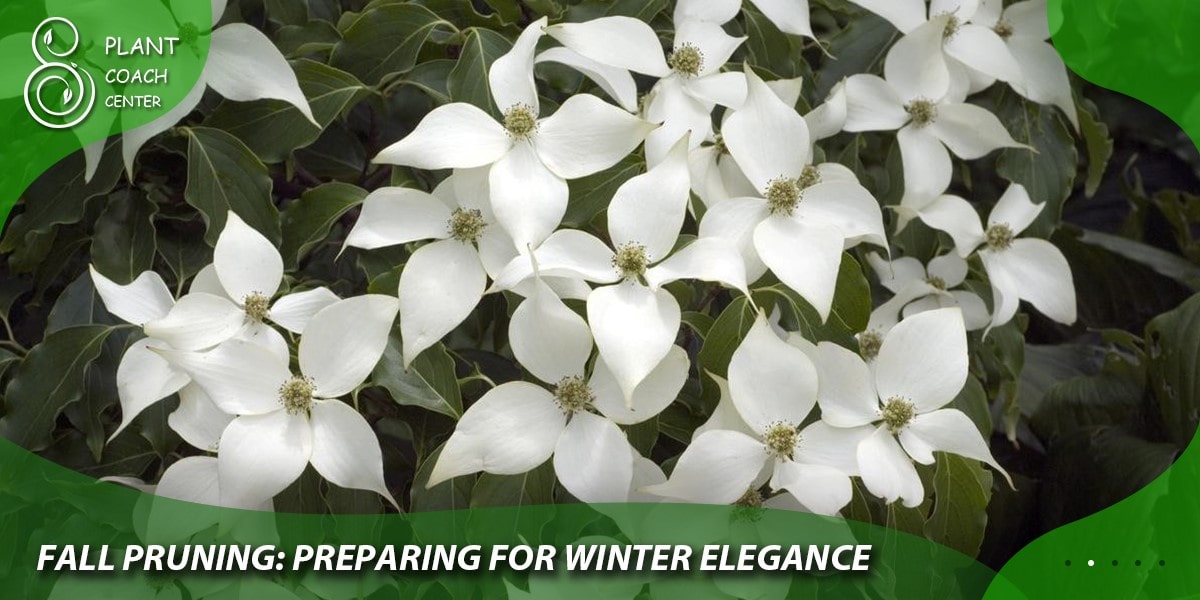
Summer Pruning (During the Active Growing Season): Nurturing Summer Symmetry
Summer brings forth a season of growth and expansion for your Cornus. However, it can also be a time when your shrub may become somewhat unruly. Summer pruning steps in to maintain order and promote a healthy, balanced appearance:
Maintaining Shape: One of the primary goals of summer pruning is to keep your Cornus in check. Trim back overly long or straggly shoots to maintain a tidy appearance.
Controlling Size: As the growing season progresses, some Cornus varieties may exhibit exuberant growth. Summer pruning helps control size and prevents the shrub from encroaching on nearby plants or structures.
Tidying Up: Summer pruning tidies up your Cornus, removing spent blossoms and wayward branches. This enhances the overall aesthetics of the plant and can lead to a neater appearance.
Fall Pruning (Late Fall to Early Winter): Preparing for Winter Elegance
As the growing season draws to a close and the first hints of winter chill appear, fall pruning takes center stage in preparing your Cornus for a season of tranquility and elegance:
Removing Deadwood: Fall is the perfect time to remove any remaining dead or diseased branches. Clearing away these potential havens for pests and diseases ensures the health of your Cornus.
Shaping for Winter Interest: Fall pruning allows you to shape your Cornus for winter interest. Highlight the vibrant bark or unique branching structure that can steal the show during the colder months.
In essence, the best time to prune your Cornus varies with the seasons, each offering distinct advantages. Spring pruning maximizes spring splendor, summer pruning nurtures summer symmetry, and fall pruning prepares for winter elegance. By carefully timing your pruning efforts, you’ll ensure your Cornus remains a splendid centerpiece in your garden year-round.
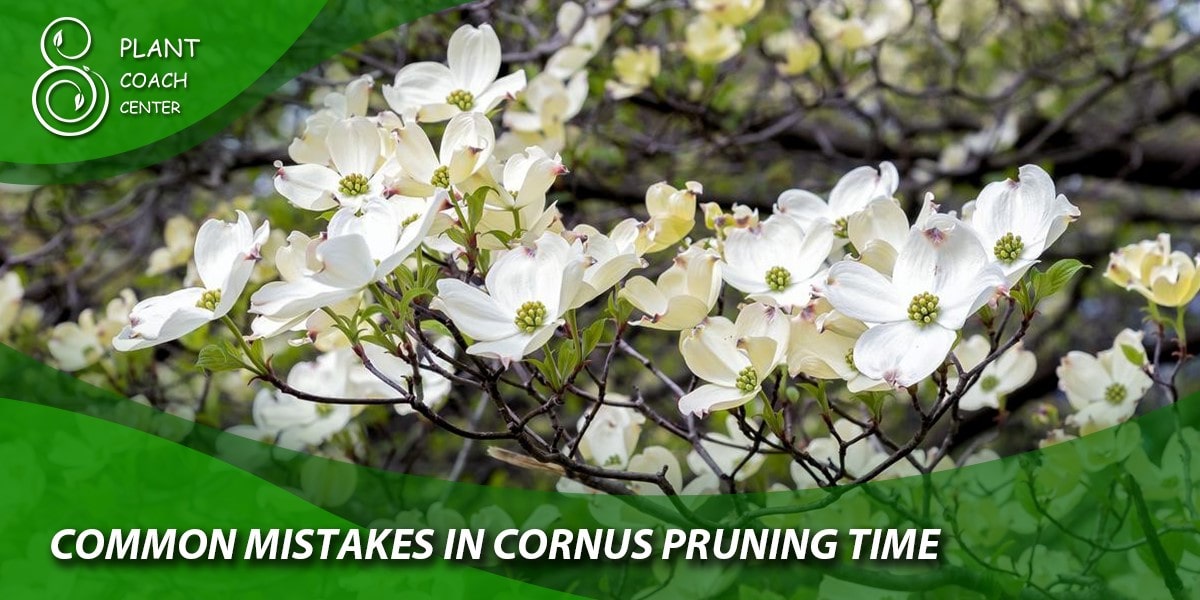
Common Mistakes in Cornus Pruning Time:
Mastering the art of Cornus pruning is a rewarding endeavor, but it’s essential to be aware of common mistakes related to timing. These blunders can significantly affect the health and beauty of your Dogwood. Let’s delve into these missteps in more detail and provide comprehensive solutions to avoid them:
Pruning Too Late in Spring:
Mistake: Waiting too long into spring to prune your Cornus.
Impact: Pruning too late risks removing flower buds for the current year’s bloom, diminishing the springtime spectacle.
Solution: To maximize the beauty of your spring blossoms, conduct your pruning before new growth emerges. Early spring, during the dormant season, is the prime time for shaping your Cornus while preserving its blooming potential. This allows the shrub to allocate energy to flowering rather than growth.
Neglecting Fall Pruning:
Mistake: Skipping fall pruning altogether.
Impact: Neglecting fall pruning can result in the accumulation of dead or diseased wood, potential pest issues, and missed opportunities to enhance winter interest.
Solution: Embrace fall pruning as a critical step in maintaining your Cornus. This season allows you to remove deadwood, improve airflow within the shrub, and prepare it for winter elegance. By shaping the shrub during fall, you can highlight its vibrant bark and unique branching structure, which can steal the show during the colder months.
Over-Pruning in Summer:
Mistake: Pruning excessively during the active growing season.
Impact: Over-pruning in summer can stress the Cornus, potentially reducing its vitality and overall health.
Solution: Reserve major pruning tasks for late winter to early spring when the Cornus is dormant. During the summer, focus on maintenance pruning, such as tidying up the shrub and controlling its size. This approach ensures that your Cornus maintains a balanced and healthy appearance throughout the year.
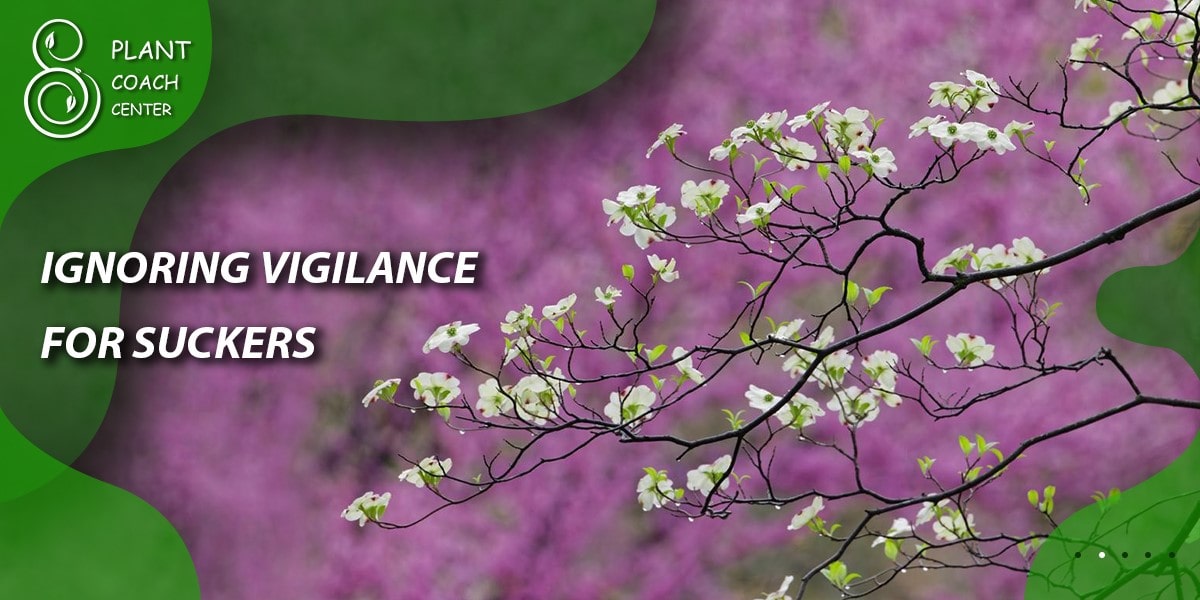
Ignoring Vigilance for Suckers:
Mistake: Failing to promptly remove suckers and root suckers.
Impact: Allowing suckers to grow unchecked can lead to overgrowth, disrupting the desired shape of the shrub.
Solution: Keep a vigilant eye for suckers, which are vigorous shoots emerging from the base or roots of the Cornus. Promptly prune these to maintain the shrub’s preferred form. Regular inspection is crucial to prevent overgrowth and maintain the Cornus’s aesthetic appeal.
Using Dull or Unclean Tools:
Mistake: Employing dull or dirty pruning tools.
Impact: Dull blades can result in ragged cuts that invite diseases and hinder the Cornus’s recovery.
Solution: Always use sharp, clean pruning tools for precise cuts. Additionally, disinfect your tools with rubbing alcohol or hydrogen peroxide between cuts to prevent the spread of diseases. Maintaining your tools ensures that the pruning process is efficient and minimizes the risk of harming your Cornus.
Neglecting Varietal Knowledge:
Mistake: Failing to understand the specific growth habits of your Cornus cultivar.
Impact: Without knowledge of your Cornus variety, you may apply inappropriate pruning techniques that don’t align with the shrub’s unique characteristics.
Solution: Take the time to familiarize yourself with your Cornus variety. Different cultivars may have distinct growth habits, and tailoring your pruning approach accordingly is essential. Understanding your shrub’s specific requirements ensures that you optimize its growth and appearance.
By avoiding these common timing-related mistakes, you’ll ensure that your Cornus thrives, gracing your garden with its radiant blossoms and elegant form year after year. Remember that timing plays a pivotal role in the health and vitality of your Dogwood, and mastering the art of timing is an essential part of successful Cornus pruning.
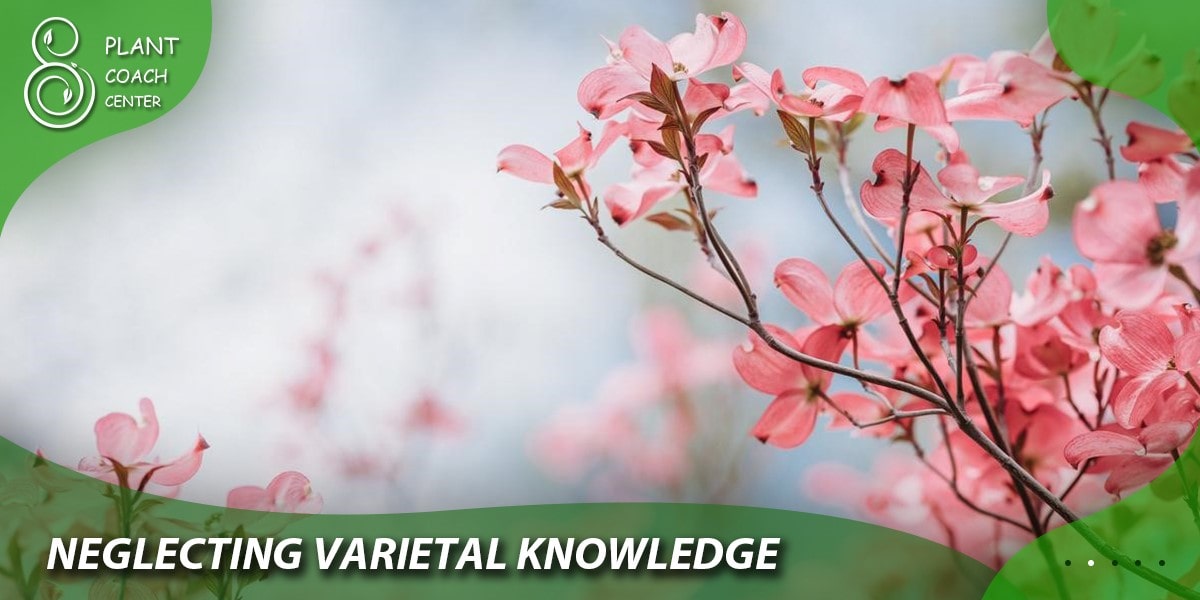
Conclusion
In the realm of gardening, Cornus, or Dogwood, reveals its splendor through the art of timing. As we conclude our journey, the significance of when to prune this garden jewel stands clear. Spring offers the prime canvas for shaping its growth and enhancing flowering, while summer’s touch maintains symmetry. In fall, Cornus prepares for winter elegance. Each season has its role, each cut its purpose. Remember the cardinal rules: avoid late spring pruning to protect the year’s blossoms, and never over-prune, for balance is key.
Tailor your approach to your Cornus variety, be vigilant against suckers, and choose sharp tools as your allies. Regular assessments of your landscape ensure harmony. Now armed with this wisdom, you can nurture vibrant and healthy Dogwood plants, elevating your garden to a year-round masterpiece. Timing is your brush; let your Cornus flourish, painting a portrait of life and beauty in every season.
FAQs
Can I prune my Cornus during the summer?
Yes, summer pruning helps maintain its shape.
When is the best time for heavy pruning?
Late winter to early spring is ideal for substantial pruning.
How often should I inspect my Cornus for dead branches?
Regularly check for dead branches throughout the year.
Can I prune in late spring without harming my Cornus?
Late spring pruning risks removing flower buds; it's best to avoid it.
Should I prune my Cornus in the fall?
Yes, fall pruning helps remove deadwood and shapes it for winter.
Is over-pruning harmful to my Cornus?
Yes, over-pruning can stress the plant; maintain a balanced approach.


